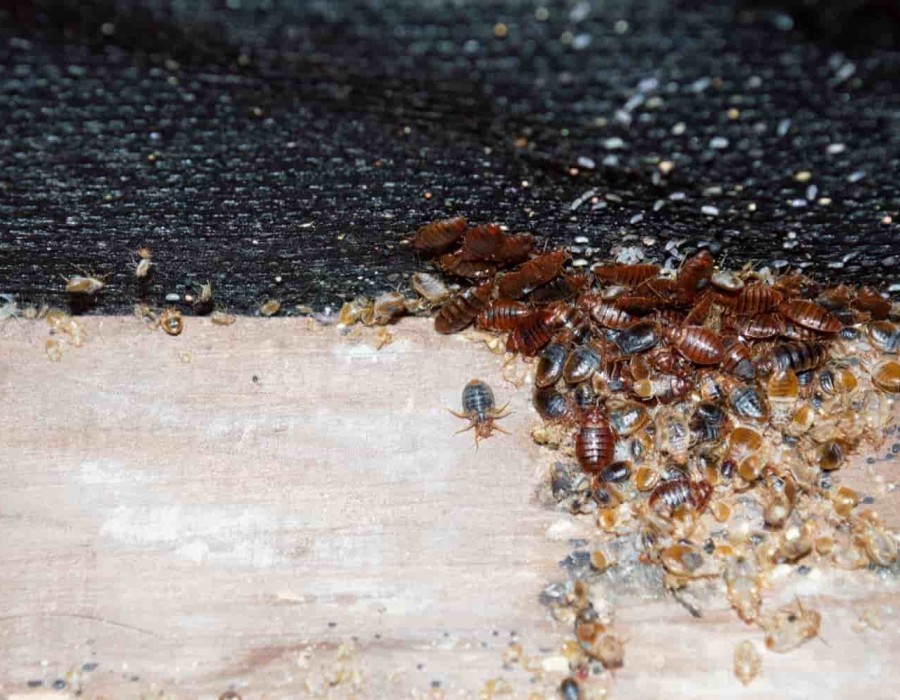If you’ve ever had the unfortunate experience of dealing with bed bugs, you know how frustrating and stressful it can be. These tiny, elusive pests can quickly turn your peaceful home into a nightmare. Fortunately, with the right approach to Bed Bugs Extermination, you can reclaim your space and enjoy a good night’s sleep again.
What Are Bed Bugs?
Bed bugs are small, reddish-brown insects that feed on the blood of humans and animals. They're most active at night and often hide in mattresses, furniture, cracks in the wall, and even behind wallpaper. An infestation can spread rapidly, which is why early detection and extermination are critical.
Signs of a Bed Bug Infestation
Before jumping into extermination methods, it’s important to recognize the common signs of a bed bug problem:
- Red, itchy bite marks on your skin, often in a line or cluster
- Small blood stains on sheets or pillowcases
- Tiny dark spots (fecal matter) on bedding or furniture
- A musty, sweet odor from heavily infested areas
- Seeing live bugs in mattress seams, bed frames, or furniture joints
If you notice these signs, it’s time to take action.
Best Methods for Bed Bug Extermination
There are several ways to get rid of bed bugs, but the most effective approach often combines multiple methods:
1. Professional Bed Bug Extermination Services
Hiring a licensed pest control company is often the fastest and most thorough solution. Professionals use a combination of heat treatment, chemical solutions, and deep inspections to eliminate bed bugs at all life stages. This is especially recommended for severe infestations.
2. Heat Treatment
Bed bugs can't survive at high temperatures. Heat treatment involves raising the temperature of your home or a specific room to around 120–140°F (49–60°C), killing bed bugs and their eggs. This is a highly effective, non-toxic option, but usually requires specialized equipment.
3. Insecticides
There are many EPA-approved insecticides specifically formulated for bed bugs. These should be applied carefully to cracks, crevices, and infested furniture. Always follow label instructions or consult a pest control expert to avoid improper use.
4. Vacuuming and Steam Cleaning
Regular vacuuming of mattresses, carpets, and furniture can remove bugs and eggs. Follow this with high-temperature steam cleaning, which can penetrate deep into fabrics and hidden areas where bed bugs thrive.
5. Mattress Encasements and Bed Bug Traps
Encasements seal off your mattress and box spring, preventing bed bugs from hiding or escaping. Bed bug traps placed under bed legs can also help monitor and reduce populations.
Preventing Future Infestations
Once you've eliminated bed bugs, prevention is key:
- Regularly inspect and vacuum mattresses and furniture
- Avoid bringing second-hand furniture into your home without careful inspection
- Use protective mattress covers
- Be cautious when staying in hotels or traveling—check beds and luggage carefully
Final Thoughts
Bed bugs extermination is no easy task, but with the right knowledge and tools, it’s entirely achievable. Whether you opt for professional help or take the DIY route, persistence and thoroughness are essential. Don’t let bed bugs disrupt your comfort—take action at the first sign and protect your home from these unwelcome invaders.





Comments